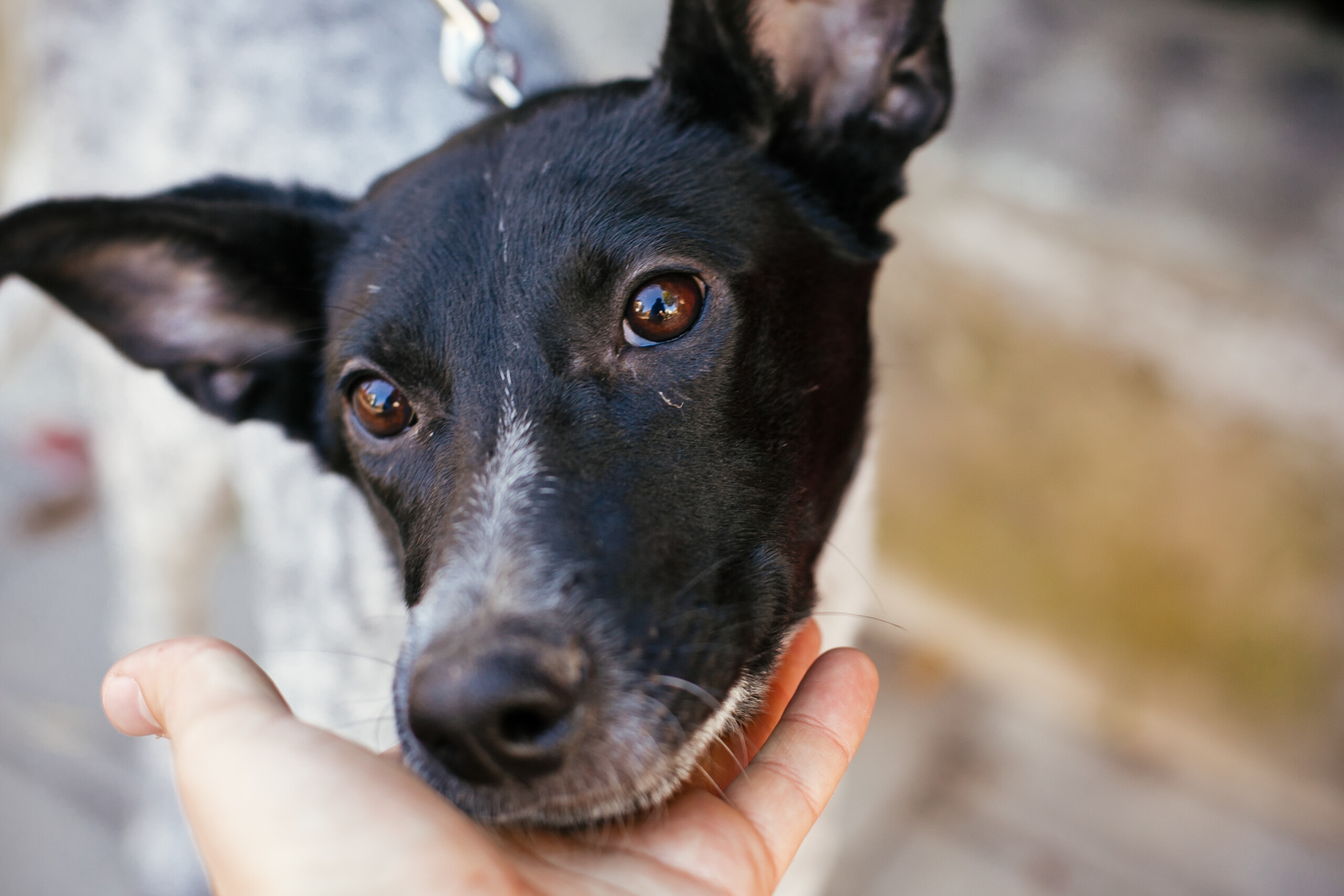Third Workshop on stray dog population management for West Eurasia (SDWE3)
In 2015, eight countries of the OIE Regional Commissions for Europe (Armenia, Azerbaijan, Georgia, Kazakhstan, Kyrgyzstan, Tajikistan, Turkmenistan and Uzbekistan) agreed a regional Roadmap for stray dog population including rabies aspects to achieve full compliance with the OIE animal welfare standards (Chapter 7.7 of the OIE Terrestrial Animal Health Code) by 2030.
Every two years, the OIE Platform on animal welfare for Europe organises a regional workshop to discuss progress and challenges experienced by countries during the rollout of the Roadmap. With the support of the OIE Collaborating Centre on Animal Welfare for Europe, Istituto Zooprofilattico Sperimentale dell’Abruzzo e del Molise, in Teramo (Italy), the OIE developed the stray dog Self-Assessment and Monitoring tool (SAM Tool), to establish and monitor this compliance with OIE standards overtime. The Member Countries on the region are invited to conduct stray dog self-assessments on a regular basis, at least every two years, in time to present and discuss the results during the workshops organised by the OIE.
The first and second workshops were respectively held in Bishkek (Kyrgyzstan) in 2015; and Tashkent (Uzbekistan) in 2017. During this two-day meetings Member Countries were provided with the opportunity to demonstrate the progress and commitment deployed in the last years towards the achievement of the main objective, despite the challenges still experienced such as inconsistency, irregularity and lack of resources from local governments.
The third the workshop took place in Tbilisi, Georgia from 25-26 September 2019 and gathered a total of 38 participants, including speakers, observers and representatives of the Member Countries. Countries were represented by their OIE National Focal Point for Animal Welfare, working at central level at the Veterinary Services and in charge of policy and coordination with other stakeholders, and a veterinarian –appointed by the OIE Delegate– working for a municipality/local Veterinary Services on stray dog population control.
In addition, following the recommendation of the Steering Group of the Platform and Regional Core Group of the OIE Regional Commission for Europe, four new countries (Belarus, Moldova, Russia and Ukraine) were invited to join this regional road map. The representatives of the Belarus, Moldova and Ukraine attended also one-day introduction meeting on the day before the main meeting dedicated help them get up to speed.
The results provided by Member Countries provide the base of a discussion on recent developments in the region. Since the 2015. Some progress has been made on the management of stray dogs in all of the 8 countries already part of the roadmap (Central Asia and Caucasus), mainly as regards registration, vaccination, shelters, or public awareness campaigns on responsible dog ownership and school programs. However, a lot remains to be done in view of full compliance with chapter 7.7In general, the stray dog population control remains a low priority on a political level and lack financial and human resources both on national and local levels limited follow up on those proposed action.
Participants gained a thorough understanding on the technical topics they had selected previously as part of the agenda of the meeting; namely:
The workshop so enabled Member Countries to discuss their level of commitment to the Global Strategic Plan to Prevent Human Deaths from Dog-Transmitted Rabies by 2030 (Zero by 2030) strategic plan and deployment of the OIE “Rabies Ends Here” communication campaign. Rabies is very high on the agenda of all 11 countries represented in Tbilisi, not only the prevention and eradication of dog-mediated rabies (urban cycle), but also as regards rabies in wildlife (foxes, jackals and wolves). The rabies component of the roadmap on stray dog remains therefore critical.
A template for the drafting of a National Action Plan for stray dog population control has been presented and discussed with the 11 countries. This model can be used by Veterinary Authorities in order to create an enabling national environment for the operational implementation of Dog Population Control Programs at local level.
Belarus, Moldova and Ukraine can support the vision to be fully compliant with chapter 7.7. of the TAHC by 2030. They are happy to join the roadmap on stray dog in West Eurasia.
The participating countries expressed willingness to run the Self-Assessment and Monitoring (SAM) exercise. For the 8 countries of Central Asia and Caucasus it would be the 2nd exercise, enabling to measure the progress since the 1st exercise in 2016/2017 and remaining gaps. For Belarus, Moldova and Ukraine this would be the 1st SAM exercise, providing an accurate picture of the situation and helping identify the necessary steps to move ahead.
The participants reconfirmed commitment to achieve agreed vison with provided the continuous support from OIE and its partners within the framework of the regional stray dog Roadmap. Therefore, a fourth meeting of the Roadmap is suggested to be scheduled in 2020 as part of the OIE Platform Third Action Plan.
Overall, since launching the stray dog road map for West Eurasia in 2015, some progress has been made towards full compliance with the OIE standard on stray dog population control. As rabies remains a priority issue for participating countries of the region, the main progress is linked with implantation of the rabies national control programmes and strategies. The all participating countries since 2015 already have developed such programmes and strategies. In particular, progress was made with establishing dog registration systems, rabies vacation programs, establishing dog shelters facilities and building awareness on stray dog issues and dog mediated rabies within veterinary services and as well as public including education programs for children. However, the dog population control components are still not fully integrated into those rabies control programmes and strategies, and their implementation varies between countries of the region. As the 1st self-assessment conducted by countries in 2016-2017 established base-line of their level of compliance with the OIE standard, next self-assessment for 2020 will allow measuring progress made by those countries.
